How Much Worm Castings To Add To Soil (Secret Formula!)
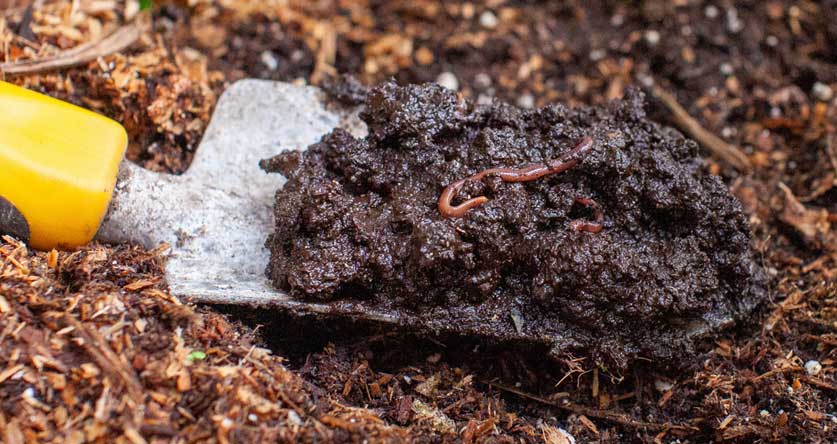
Worm castings are one of the best things you can add to the soil in your garden. Whether you grow your plants outside in the yard or indoors as potted houseplants, they will grow larger, faster, and flower more spectacularly if you use worm castings.
But how do you figure out how much worm castings your plants really need? Is it possible to use too much or too little?
This article will help you calculate how much worm castings to add to your soil and how to use worm castings to give your plants the maximum benefit.
How Much Worm Castings To Use In Soil
As a rule of thumb, you can add 1 part worm castings into 4 parts soil when making a potting mixture for your plants. You can use a bit more worm castings for seedlings or particularly delicate plants and a slightly smaller quantity for mature, established plants and lawn dressing.
Regular synthetic fertilizer is nice and easy to use because it tells you exactly how much to use on the packaging. However, it is nowhere near as good for plants as organic worm castings or “vermicompost.”
There isn’t a lot of scientific literature about the recommended application rate for worm castings. However, gardeners with a lot of experience using worm castings say that the amount you should add to soil varies depending on the plant type and its growth stage.
Although there is a bit of guesswork involved in working out how much vermicompost you should add to your soil, it is not challenging to use worm castings. Nothing terrible will happen if you accidentally use too little or too much!
Research suggests that plants still benefit if worm castings only make up 10% of the soil mixture. So a little bit of vermicompost goes a long way!
But what if you use more than the recommended dosage of worm castings?
Can You Over-Fertilize With Worm Castings?
Unlike conventional fertilizers, worm castings are not harmful to plants if you use too much of them. This is because they do not cause mineral salts to build up in the soil, causing nitrogen burn.
The results of one study showed that when worm castings make up 90% of the potting mixture, sweet corn plants yield the highest quality and quantity of cobs.
So, you can’t really over-fertilize your plants with worm castings. But using too much is not ideal.
The only downside of using worm castings too liberally is that it can be a waste of money. Worm castings can be expensive to buy if you don’t have the space or time to have your own worm farm.
Using more worm castings does not necessarily mean that your plants have more to gain. Research shows that past a certain application rate (around 20% of the growing medium), worm castings have almost no added benefit.
Therefore, to get the best value for money, you want to use the smallest amount necessary to get the maximum benefit for your plants.
How Do Worm Castings Help Soil?
The effects of worm castings on soil health are well-researched and understood. Worm castings are wonderful for the soil for several reasons:
- They add beneficial microbes to the soil that help plants take up nutrients and grow more healthily.
- Worm castings improve the soil structure. They increase the soil’s aeration and drainage properties, and this helps plants grow stronger roots.
- They add organic matter to the soil, increasing its ability to retain water. This means you do not need to water as frequently.
- Worm castings make the soil more fertile in the long term by preventing nutrients from leaching out of the ground with water.
- Because worm castings have a neutral pH, they help to balance the soil pH and keep it from becoming too alkaline or too acidic for plants.
Considering all the ways in which worm castings improve soil conditions and plant health, you might be wondering if worm castings are a better soil amendment than traditional fertilizer products?
Are Worm Castings Better Than Fertilizer?
Worm castings do have certain advantages compared to regular fertilizer:
- They are 100% organic and natural and are not harmful to the environment.
- Worm castings cannot burn plants’ roots.
- They contain beneficial microbes, humus, and nutrients (not just N-P-K).
- They benefit soil health, not just plant health.
However, it is essential to remember that worm castings are not meant to replace fertilizers. If you add worm castings to your soil, you still need to give your plants fertilizer!
Worm castings are not a complete fertilizer. In other words, there are certain nutrients that worm castings lack or do not contain in high enough levels for plants.
Therefore, while worm castings have some advantages over fertilizer, they are not better than regular fertilizers in every aspect.
How Do You Add Worm Castings To Soil?
Worm castings can be used to nourish plants and improve the soil in a few different ways:
- They can be combined with soil, perlite or vermiculite, and coco coir to create a fantastic potting mixture for outdoor and indoor plants.
- They can be mixed with water (1 cup of worm castings to 5 gallons of water) to make a nutritious worm tea to water plants with.
- Worm castings can simply be sprinkled on the soil surface around plants as a top dressing.
- They can be added to planting holes in the soil when you plant seedlings or transplant adult plants.
Do You Need To Dilute Worm Castings?
Many gardeners dilute their worm castings in water to make worm tea for their plants. This is a popular way to use worm castings because it is very economical.
But is it strictly necessary to dilute worm castings? Certainly not.
Worm castings are just as beneficial and effective as a top dressing or soil amendment. However, when using the worm castings as-is, it is crucial to water the plants thoroughly afterward.
This helps all the goodness from the worm castings soak down into the soil to reach plants’ roots.
So, while you don’t have to mix worm castings with water before giving them to your plants, it is necessary to add water to them at some point so that they can work their magic.
How Often Do You Add Worm Castings To Soil?
Now that you know how to add worm castings to the soil, you may wonder how frequently you should use them?
Thankfully, there is no hard-and-fast rule for how often you should add worm castings to the soil.
Some gardeners apply a thick layer of worm castings as a top dressing in their flower beds once or twice a year. You could even do this once every quarter.
Many gardeners with potted indoor houseplants recommend adding a few tablespoons of worm castings to each pot once per month. This is especially effective during the growing season (spring and summer).
It is always a good idea to add worm castings to the soil when potting up seedlings or repotting plants. However often you do these tasks, you should always use worm castings as part of the potting mixture.
Final Thoughts
When it comes to adding worm castings to the soil, don’t be afraid of using too much or too little! Even a tiny amount of worm castings can significantly benefit plants. However, if you use more than is strictly necessary, your plants won’t suffer any damage.


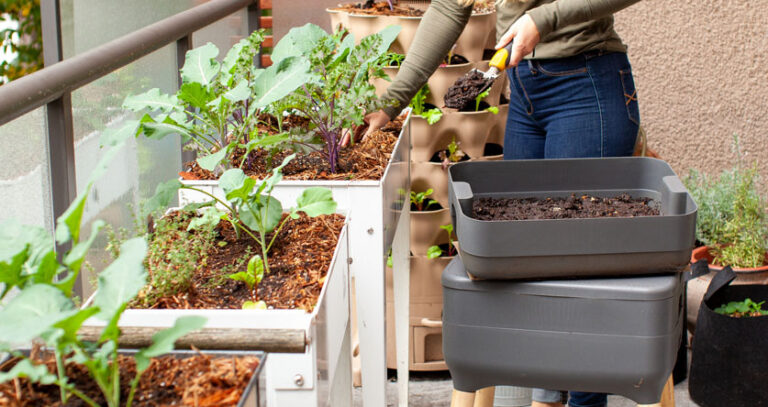
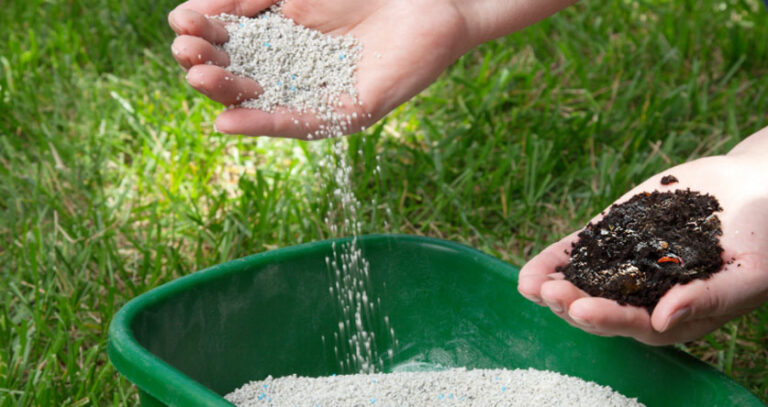
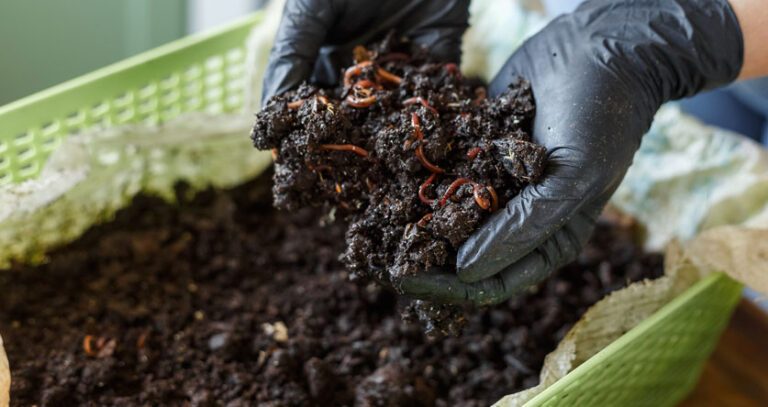
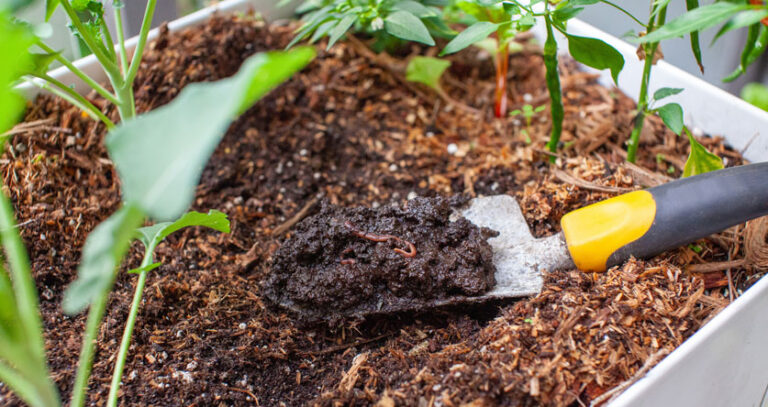
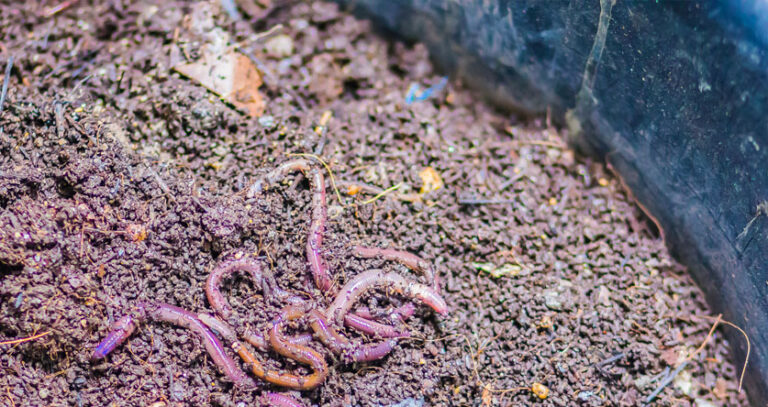
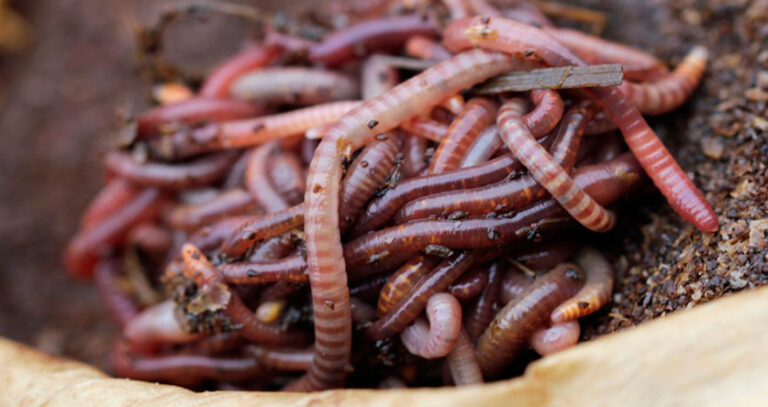
I am a newbie! I am learning as much as I possibly can about vermicomposting. Right now I am starting the process of saving my food scrapes and learning all the scrapes that are best to keep the little wigglers happy and helpful. All of this information is very helpful and I am excited to start my worm farm. One thing I haven’t found out is: How do you store the castings and for how long can you store them?
Hi Dana
The important thing when storing castings is not to let them dry out! You also need to keep them away from the light. A cool dark place is ideal.
I have a complete tutorial on how to store them here…
As Spring approaches, I wonder when is the best time to apply my worm compost. Should I wait for air and soil temps to reach 60 degrees? My goal is to enhance microbial activity and not just short term nutrition enhancement. I live in zone 7b.
Great articles and thank you for sharing your knowledge 🌺. 🪱🪱🪱🪱🪱
Hi Beth
Waiting for soil and air temperatures to hit around 60 degrees is a good benchmark. However, it’s not a strict rule.
Living in zone 7b, you’ve got some flexibility with temperatures. As long as your soil isn’t frozen solid, you can start applying the compost 🙂